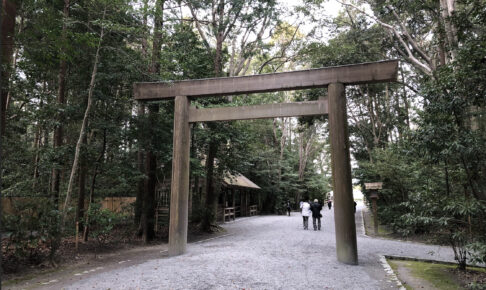目次
–Introduction, what is Art Brut?
Even if you don’t know what it means, everyone has probably heard the term ‘Art Brut’ at least once.
The term Art Brut was born in France in 1945 and has become a concept and genre in which works created by the mentally disabled, prisoners, children and mediums, which until now have been placed outside of art, are presented as art rather than research from a medical perspective, which has always existed.
Around 2020, there will be many exhibitions on the theme of Art Brut, and in the past few years, galleries specialising in Art Brut (in this case, art by disabled people) and museums, albeit small in scale, have opened, making it a genre that is currently attracting attention.
Art Brut?Art Brut is ”raw art”. It was proposed by the French painter Dubuffet. Art Brut refers to works created freely by people who have not received art education and are not bound by conventional methods of expression.
デジタル大辞泉
–Historical Background of the Birth of Art Brut

The year that marked the end of World War II was an era in which a new concept of art was emerging to replace traditional art, as Surrealism (1920-1930) was gaining momentum in Europe. Jean Dubuffet, an Art Brut advocate and collector of works, participated in the avant-garde art movement of the Unformel (Abstract Expressionism) that took place from 1640 to 1950.
–The Concept of Art Brut Expands Further Through the Ages

In 1972, 27 years after Art Brut was first proposed, British art critic Roger Cardinal first used the English name “outsider art” in a somewhat expanded interpretation of Art Brut in his book “Outsider Art.
Outsider art refers to works produced by persons who have not received formal Western art education and training in fine arts, but who are treated here as art. The concept has been broadened to include people who create outside the mainstream other than the mentally challenged, as they are self-taught and not trained in art. Primitive art, ethnic art, and the work of psychics were also included.
source
–History of Art Brut in Japan
The most famous Japanese Art Brut artist is probably Kiyoshi Yamashita (born in 1922), who became famous as the main character in the TV drama “The Naked General. Yamashita was admitted to a welfare facility due to a mild mental disability, and his name was made famous when Dr. Ryuzaburo Shikiba, a psychiatrist at the facility, introduced his work to the public.
Dr. Shikiba had been deeply involved in the Japanese art movements of the Shirakaba school and the folk art movement since he was a student, and his psychopathological studies had led him to take an interest in research on “art for the disabled in psychopathology,” which had been studied in Europe even before the term “Art Brut” was coined. He is also well known as a researcher of Van Gogh, a painter who had a mental disorder.
–Art Brut/Outsider Artists
Today, the definition of art education has become blurred, making it difficult to determine whether an artist is an outsider or not. For this reason, we do not include contemporary artists, but rather introduce a selection of artists from a relatively old period.
A solitary artist who continued to create his ideals alone
–Henry Driedger (American janitor)
–Joseph-Ferdinand Cheval (French postal worker)
Indigenous writers
–Clifford Possum Tjapaltjarri (Australian Aborigine)
–Kenojuak Ashevak(Inuit, Canada)
Writers with disabilities
–Aloise Corvus (French schizophrenic)
The Rustic School that existed from the 19th to the 20th century
–Henri Rousseau
–Related sites about Art Brut and Outsider Art
f you want to know more about Art Brut, please refer to the following URLs.
–NHK: Those who continue to express themselves in secret
–Interview with Roger Cardinal, author of “Outsider Art
–Artpedia: About Jean Dubuffet, creator of Art Brut
–Upcoming Events Outsider Art Fairs in New York and Paris
–Art Brut Museum, Lausanne, Switzerland
–Finally
Art Brut as understood in the U.S. and Europe basically has the same meaning as described at the beginning of this article. However, in Japan, art by the disabled is often considered as “Art Brut,” perhaps due to the influence of Kiyoshi Yamashita.
As mentioned previously, due to the Paralympics, social diversity, and other social conditions, art by people with disabilities is gradually attracting attention in Japan, with NHK broadcasting special programs and museums planning exhibitions.
I hope that the art of people with disabilities, which has been given the name “Art Brut,” will not become a product swallowed up by the art industry, but that the level of literacy within society will increase.





